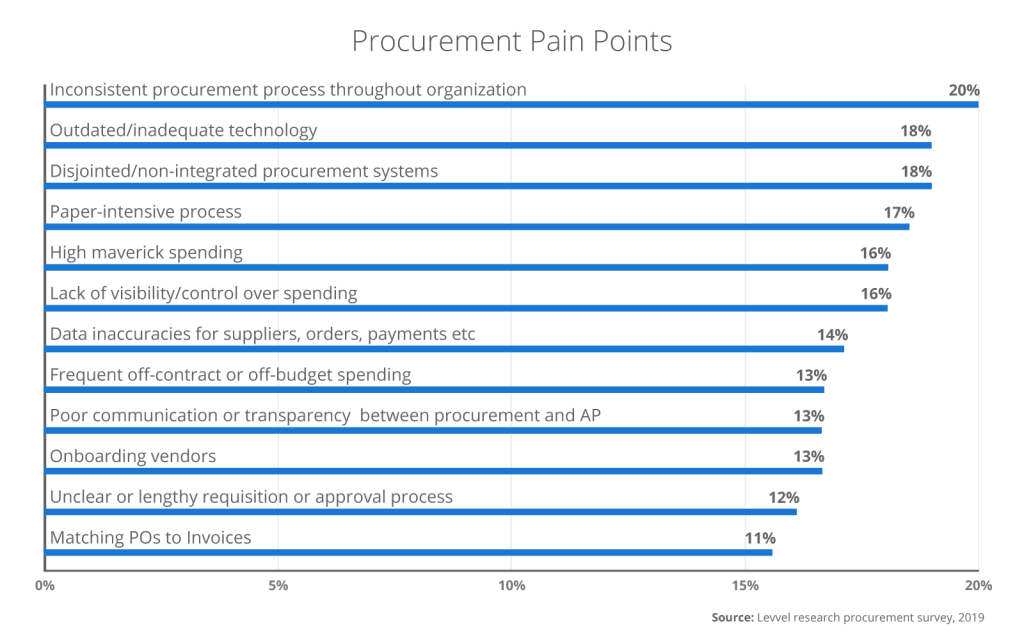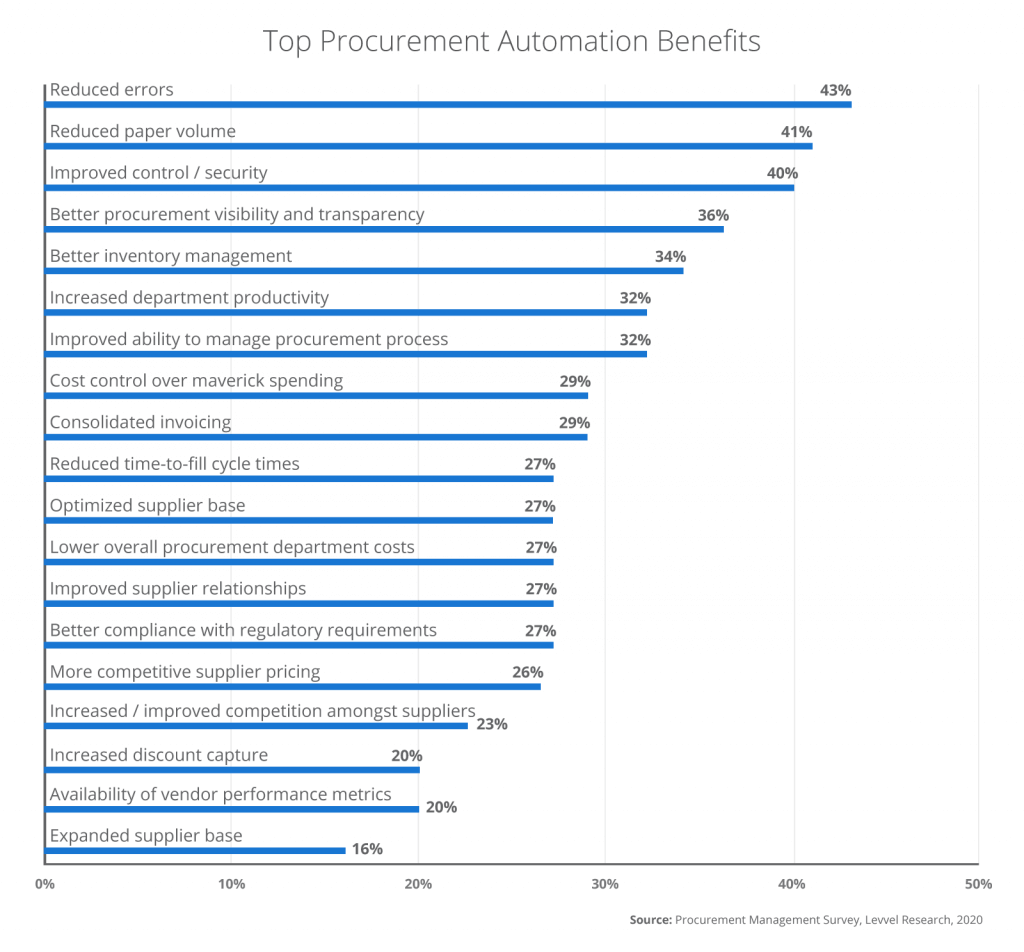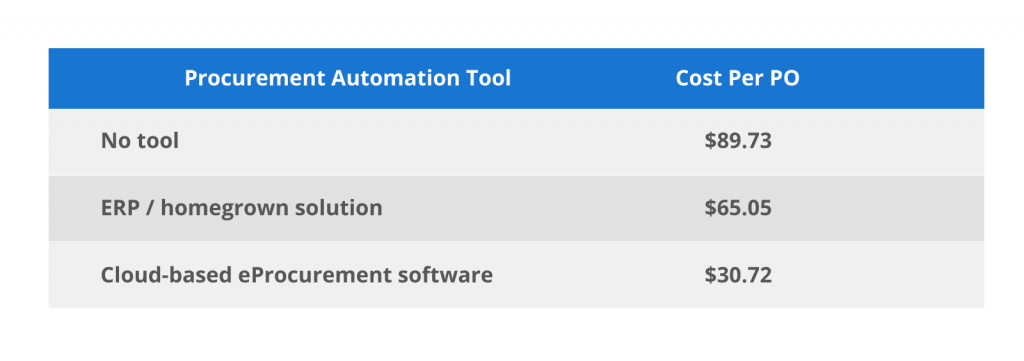Setting the strategy for organization-wide procurement is not just about reducing cost, it’s about achieving effectiveness across a range of values and standards that matter to your enterprise.
So what is strategic procurement?
Cost reduction is always going to be a priority because it makes a difference at the margin. Everyone’s grandma knows that it makes no sense paying more for something than you have to but she would also know that cheapest is not necessarily the best.
What if vendors’ goods do not meet suitable quality standards, for example? What if there are risks to reliability of supply? Both of these can impact the purchaser’s organization, even if the goods are cheaper than everyone else’s. An holistic procurement strategy needs to weigh these aspects carefully in order to ensure that the organization receives timely supplies of goods and services to enable it to meet its objectives. Moreover, this approach needs to span the organization as a whole, perhaps across different sites and different geographies. There may also be other values to consider.
There may be environmental considerations, for example. An enterprise-wide policy of reducing fossil fuel consumption and switching to greener energy needs strategic planning to get the best results in terms of environmental benefit and cost-efficiency. Other moral and ethical considerations can revolve around eradicating goods produced by child or forced labor or those originating from regimes with unacceptable human rights records. Setting the moral compass can form part of a procurement strategy and can also have a major impact on the organization’s reputation and brand value. So, all told, a procurement strategy is about so much more than price and has everything to do with total quality management in terms of the products and services the organization itself delivers.
Problems with not adopting a procurement strategy
According to a recent survey that SoftCo conducted with Levvel Research, having an inconsistent procurement process throughout the business, ranks as the number one procurement pain point for organizations.

Failure to adopt a thorough, enterprise-wide procurement strategy can lead to a range of unwanted outcomes.
KPMG highlights a variety of challenges facing procurement leaders in their research entitled “Procurement Advisory – Next generation procurement, achieving growth and creating sustainable value.” These include, among others:
- Limitations to the mutually beneficial partnerships that can be built with preferred vendors;
- Disparate technologies being used across the organization leading to…
- Lack of analytics to understand organization-wide spend and apply suitable controls and risk management;
- Maverick spend across the organization;
- Potential incidences of internal and external fraud;
- Weaknesses in meeting increasingly strict regulatory and legal requirements placed upon the business;
- Lack of standardization of processes leading to inefficiency and
- Lack of consistent measurement of procurement savings
How to implement strategic procurement
Firstly you need to look at current spend and in particular spending patterns. This thorough examination needs to reach into every corner of the organization if the outcome is to be an efficient and effective procurement system bringing the maximum benefit.
What are the business needs? Those of a manufacturing operation will differ significantly from those of a bank or other financial services firms, for example, or from those of a multiple outlet restaurant chain. What is it that the organization buys? And this extends to externally supplied services such as advertising and publicity or help with recruitment.
Having focused on the details of spend, how can this be organized on an enterprise-wide scale to ensure consistent quantity, quality, timeliness, cost and economies of scale? And this may well include setting strategy for local procurement to meet specific local needs, as well as that spanning whole countries, regions, continents or having worldwide scope.
Which vendors will be able to meet these needs? Which would be able and prepared to engage with the business on a broad front to assure consistency and reliability on the scale required and at preferred prices? It is important to reflect on how this relates to group-wide risk management. Close-collaboration with risk management professionals within the firm can be valuable and so too with every aspect of the business. We can think of this as the “everyone needs paperclips principle.” For “paperclips” read IT services, recruitment services, office furniture, carpeting, business travel and accommodation, raw materials, components, delivery and shipping services – the list extends to every aspect of the organization.
What immediately becomes clear is the importance of automating the procurement operation organization-wide. You can’t do this on the back of an envelope or a single spreadsheet; the task is too complex.
Powering your procurement strategy with automation
An efficient and effective automated procurement system will support strategic procurement across a number of fronts, something which a growing number CFOs and Procurement leaders are realizing.
Levvel’s 2020 Procurement Management Survey found that 78% of organizations consider the automation of more procurement steps an important initiative for 2021. With a number of benefits to be seen from automating the procurement process including, better control and visibility over spend and vendor performance, reduced cycle times and elimination of maverick spend, it’s easy to see why choosing to automate their procurement processes ranks so highly.

A key function of automated procurement is to be able to capture spend details, analyze the data to pinpoint good practices and spot where improvements can be made.
Preferred vendors naturally spring out of the data. It’s clear which are the efficient, good quality, punctual and cost-efficient vendors and those who could improve.
PWC emphasizes that high-performing procurement systems enable supplier risk to be managed throughout the entire vendor lifecycle. When selecting suppliers, procurement professionals assess not only price, quality, and best fit but also the risks associated with engaging a specific vendor. Once a supplier relationship is established, organizations integrate risk mitigation standards into SLA (Service Level Agreement) evaluation scorecards, ensuring compliance and performance monitoring.
Even after the relationship and agreements with vendors have been established, automated procurement systems greatly improve the process of purchasing from them, while also providing the ability to monitor spend with them and their own performance.
An automated procurement system provides direct access to approved vendors’ catalogs with whom terms of business have been pre-agreed, ‘punch-out’ functionality directly to their websites, along with the ability to save requisition templates for regular purchases. All of which help in delivering a seamless procurement process for employees and reducing cycle times, while also ensuring organization-wide consistency in sourcing, which feeds into consistency in delivering the organization’s own goods or services.
Automated accounts payable controls and disciplines can be shared across the organization and limits to spend can be set. Spend authorizations can be managed through requisition approvals processes, be that through the set up of default approval routes or pre-approved spend budgets.
Reduced Procurement Costs
Adoption of an automated procurement system to fuel a strategic procurement process clearly brings a number of improvements to the overall procurement processes across the organization. Based on SoftCo’s research with Levvel, this can lead to a significant reduction in the cost per PO for organizations.

Those that implement a cloud-based procurement solution can cut the cost per PO by nearly 65%, due to having more control and visibility over spend and their vendors, amongst other things.
Conclusion
A key takeaway from all of this is that automated procurement is an on-going process. Once the system is up and running, procurement strategy becomes iterative. Tweaks, changes, and improvements can be made along the journey of improved procurement practices as data analytics provide new insights.
Setting the appropriate procurement strategy for your organization is the first step on the road to improved control and effectiveness of sourcing goods and services. Automating the strategy results in better matching to the objectives of the business across the organization as a whole. In a business and economic environment as uncertain and as rapidly changing as today’s, being able to respond swiftly and effectively to new challenges requires analytical and agile tools; automating your organization’s procurement strategy will deliver exactly that but you have to get the strategic thinking right first.


